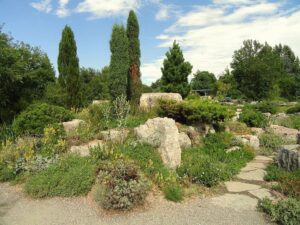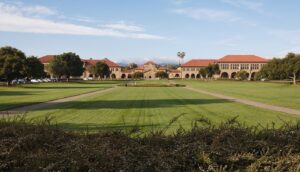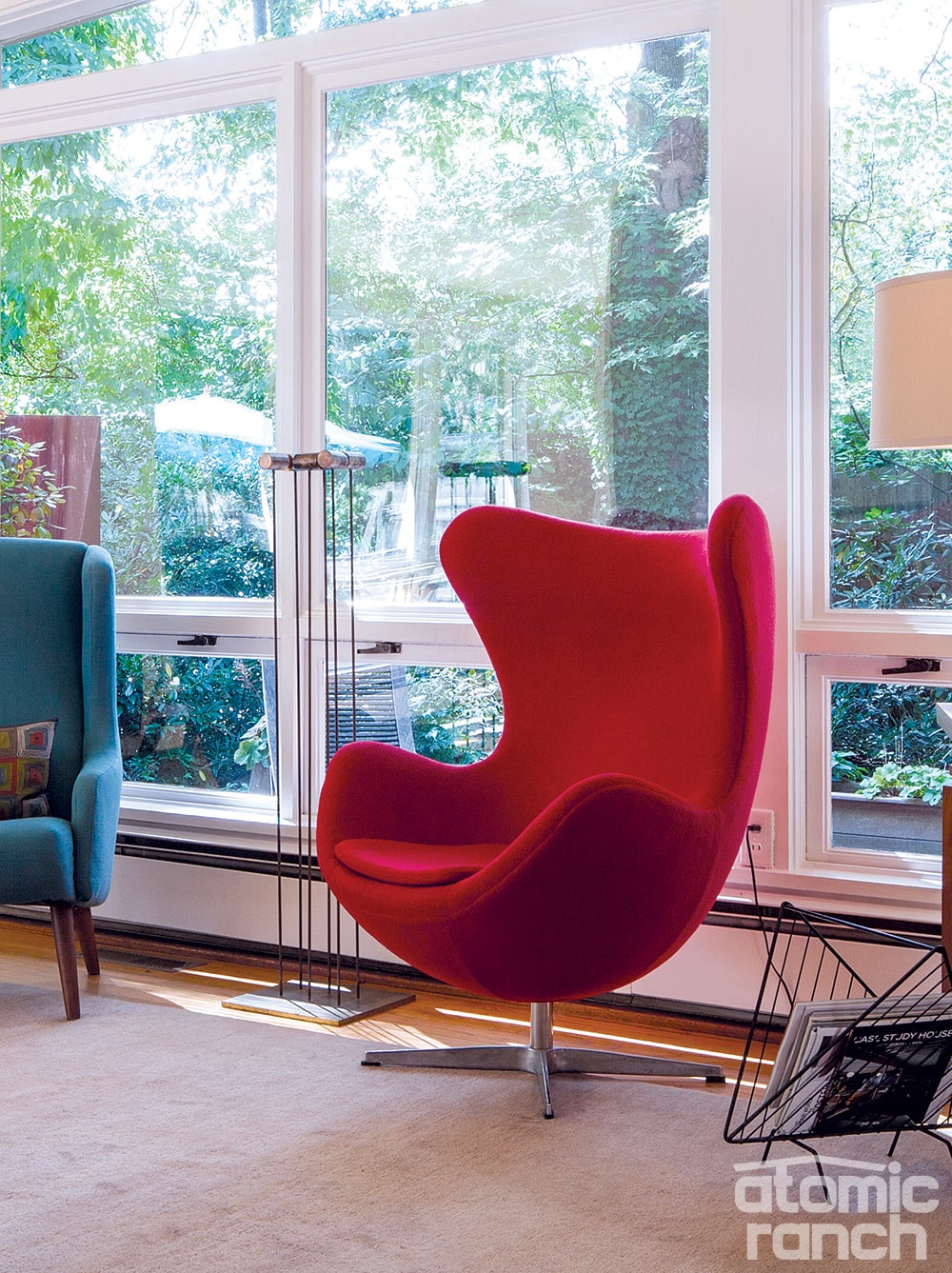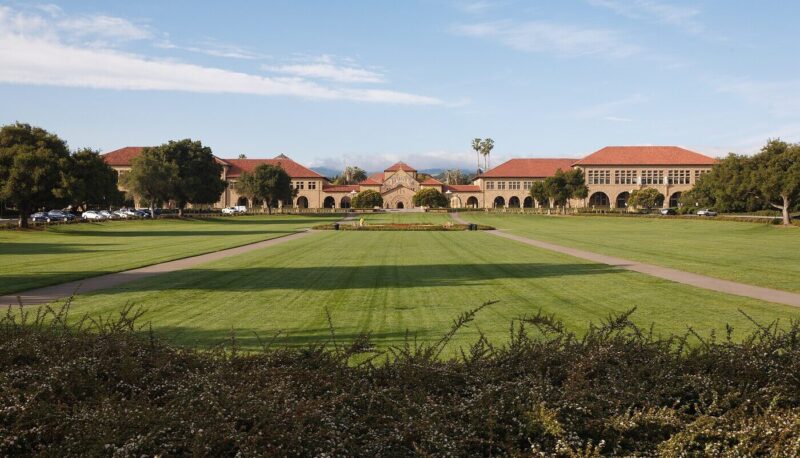A hallmark of Midcentury Modern is its relationship between indoors and out, and just as building’s architects pioneered structural styles, so MCM landscape architects shaped the modern aesthetic through their groundbreaking work. Join us as we tip our hats and spades to the work of three influential mid mod landscape designers.
Garrett Eckbo
“Outdoors and indoors are inseparable; they are complementary and supplementary, two sides of the same door.”—Garrett Eckbo, Landscape for Living

A long and prolific career began for Garrett Eckbo as a student at Harvard. He and fellow classmates led the “Harvard Revolution,” calling for a modern, interdisciplinary approach to landscape design—integrating arts and science and social change. His early work as a landscape architect included the 1939 World’s Fair in New York and work for migrant camps with the Farm Security Administration. He did a variety of private and public work, much of it in California. Also an articulate writer, Eckbo wrote many articles and books, and his 1950 book “Landscape for Living” was influential for both its philosophy and practical resources. He was awarded the American Society of Landscape Architects’ Medal of Honor in 1975.
Thomas Dolliver Church
“Landscaping is not a complex and difficult art to be practiced by only by high priests. It is logical, down-to-earth, and aimed at making your plot of ground produce exactly what you need from it.”—Thomas Church, Gardens are for People

The Cultural Landscape foundation credits Thomas Church with nearly 2,000 gardens. A prolific landscape designer, he was also influential in his role as a professor at UC Berkeley and with a landscape firm in San Francisco, where he was the employer of both Eckbo and Lawrence Halprin. He also wrote two books, including Gardens are for People. His work includes a mix of private and public, mainly in California. He is commonly credited as the father of the modern California garden.
Lawrence Halprin
“The whole memorial is for different senses … seeing, hearing, feeling and smelling.”—Lawrence Halprin on the FDR Memorial design

A student of Church’s, Halprin went on to have his own distinguished career as a landscape architect. His work includes contributions to public projects such as the Lovejoy Fountain in Portland and the FDR Memorial. He developed a design process/philosophy called the RSVP Cycles, aiming at collaboration between humans and nature and between landscape architect and client. In a video interview with the Landscape Cultural Foundation, Halprin explains he developed the system as a way of making those the space was for “shareholders and occupants of an environment” and “participants of the solution.” He was awarded the National Medal of Arts.
 Interested in learning more about imaginative landscape designs? Check out Dan Kiley’s Modern Landscapes. And for a whole special issue’s worth of inspiration, tips and advice for MCM exteriors from curb appeal to landscape to patios to pools, don’t miss our special Exteriors issue! Get your copy here.
Interested in learning more about imaginative landscape designs? Check out Dan Kiley’s Modern Landscapes. And for a whole special issue’s worth of inspiration, tips and advice for MCM exteriors from curb appeal to landscape to patios to pools, don’t miss our special Exteriors issue! Get your copy here.
And of course, don’t forget to follow us on Instagram, Facebook and Pinterest for more Atomic Ranch articles and ideas!












